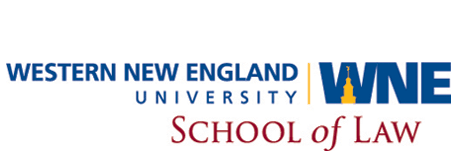Home > Student > Law Review > Vol. 43 > Iss. 1 (2022)
Abstract
Nonprofits, academic institutions, and educators have collaborated, at all academic levels, to create quality Open Educational Resources (OER) since that term was defined by UNESCO in 2002. These opensource educational materials are in the public domain and published under an open license, meaning that they can be freely copied, used, adapted, and re-shared with the public. They include not only textbooks but supplemental educational materials in various media formats. Their value is such that even federal and state legislatures are taking note and passing laws to incentivize the creation and use of OER in both secondary and higher education. Despite the momentum in academics toward the adoption of open textbooks and supplemental materials, legal academia has been slower to embrace open casebooks. By design, OER offers a great deal of flexibility for educators and the promise of cost savings for academic institutions and students. This paper examines the modern history of casebooks and the OER movement, as well as the various OER platforms ideally suited to create open content for law courses. The authors posit that a greater understanding of OER will give law professors and students a wider range of choice and ownership in course materials.
Recommended Citation
Emma M. Wood and Misty N. Peltz-Steele, LEGAL EDUCATION—OPEN YOUR CASEBOOKS PLEASE: IDENTIFYING OPEN ACCESS ALTERNATIVES TO LANGDELL’S LEGACY, 43 W. New Eng. L. Rev. 103 (2022), https://digitalcommons.law.wne.edu/lawreview/vol43/iss1/5
